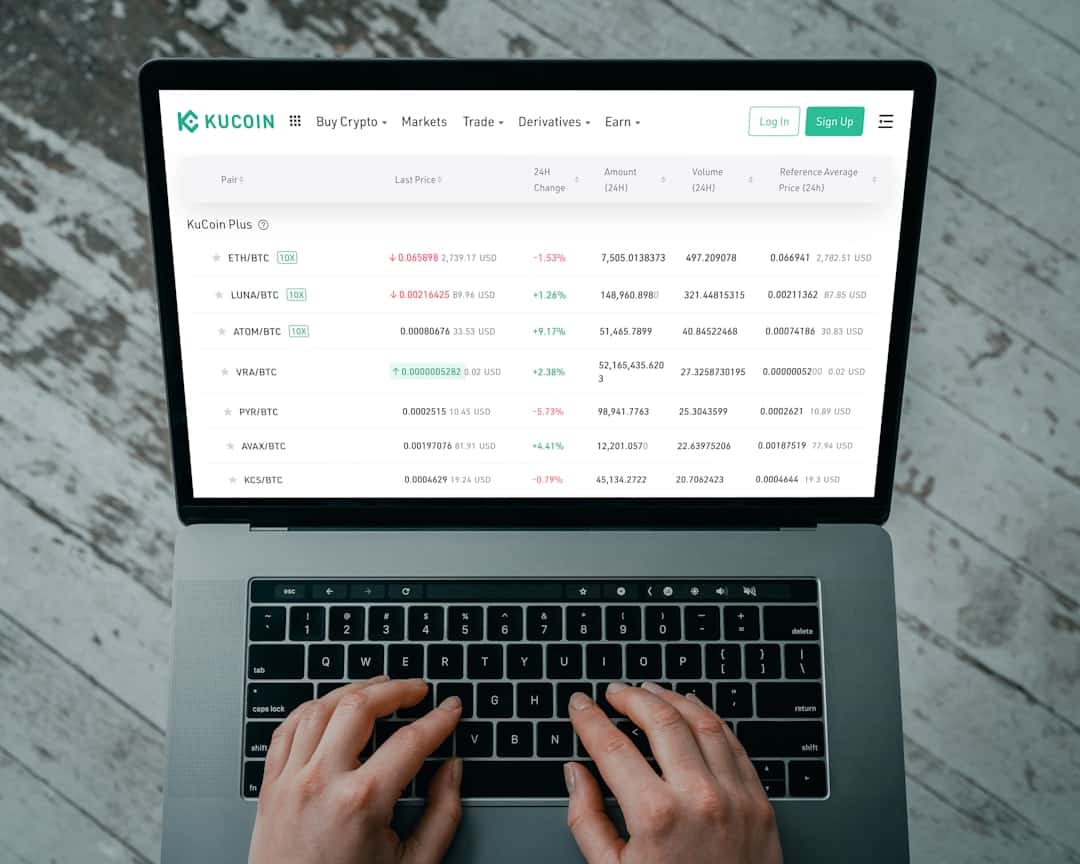Zero Trust Network Access (ZTNA) is a security model that addresses the limitations of traditional network security approaches. Introduced by Forrester Research in 2010, ZTNA has gained popularity as organizations seek to enhance their security posture against evolving cyber threats. The model is based on the principle of “never trust, always verify,” which means no user or device is trusted by default, regardless of their location relative to the corporate network.
ZTNA focuses on continuous verification of identity and device status before granting access to resources. ZTNA provides secure access to applications and data, regardless of their location, without relying on traditional VPNs. This is accomplished through a combination of identity-based access controls, micro-segmentation, and encryption.
By implementing ZTNA, organizations can reduce their attack surface, minimize unauthorized access risks, and improve visibility and control over network traffic. ZTNA represents a shift from perimeter-based security to a more dynamic and granular model that aligns with modern IT environments. ZTNA is a comprehensive security framework encompassing people, processes, and technology.
It requires a fundamental change in approach, transitioning from a trust-but-verify model to a never trust, always verify model. This shift is crucial in today’s threat landscape, where traditional security perimeters are increasingly vulnerable to advanced threats. Adopting ZTNA enables organizations to better protect their critical assets and sensitive data from unauthorized access and cyber attacks.
The concept of Zero Trust Network Access has evolved significantly since its inception, with the latest iteration being ZTNA 2.0. ZTNA 1.0 focused primarily on identity-based access controls and the principle of least privilege, aiming to ensure that only authorized users could access specific resources based on their roles and permissions. While this represented a significant improvement over traditional network security models, it had limitations in terms of scalability, flexibility, and user experience.
ZTNA 2.0 builds upon the foundational principles of its predecessor while introducing several key enhancements to address these limitations. One of the most significant advancements in ZTNA 2.0 is the integration of continuous authentication and adaptive access controls. This means that access decisions are not based solely on static identity attributes, but also take into account dynamic factors such as user behavior, device posture, location, and time of access.
By continuously evaluating these factors, ZTNA 2.0 can dynamically adjust access privileges in real-time, providing a more seamless and secure user experience. Another important evolution in ZTNA 2.0 is the adoption of a software-defined approach to network security. This allows organizations to implement ZTNA without the need for complex and costly hardware-based solutions, making it more accessible to a wider range of organizations.
Additionally, ZTNA 2.0 leverages cloud-native architectures and microservices to provide greater scalability and agility, enabling organizations to adapt to changing business requirements and threat landscapes more effectively. Overall, ZTNA 2.0 represents a significant leap forward in the evolution of Zero Trust Network Access, offering a more comprehensive and adaptive approach to securing access to critical resources. By combining continuous authentication, adaptive access controls, and software-defined architectures, ZTNA 2.0 provides organizations with the tools they need to effectively mitigate the risks associated with modern cyber threats while enabling a more flexible and user-centric approach to network security.
ZTNA 2.0 introduces several key features that differentiate it from its predecessor and traditional network security models. One of the most important features of ZTNA 2.0 is continuous authentication, which enables organizations to verify the identity of users and devices on an ongoing basis rather than just at the point of initial access. This helps to prevent unauthorized access by detecting and responding to anomalous behavior or security events in real-time.
Another key feature of ZTNA 2.0 is adaptive access controls, which allow organizations to dynamically adjust access privileges based on contextual factors such as user behavior, device posture, location, and time of access. This ensures that access decisions are not based solely on static identity attributes but take into account dynamic risk factors to provide a more granular and responsive approach to access control. ZTNA 2.0 also leverages software-defined architectures and cloud-native technologies to provide greater scalability, agility, and cost-effectiveness compared to traditional hardware-based solutions.
This allows organizations to deploy ZTNA more easily and adapt to changing business requirements and threat landscapes more effectively. In addition to these features, ZTNA 2.0 emphasizes the importance of visibility and control over network traffic through micro-segmentation and encryption. By implementing these measures, organizations can reduce their attack surface and minimize the risk of unauthorized access while ensuring that sensitive data remains protected from interception or tampering.
Overall, the key features of ZTNA 2.0 enable organizations to implement a more comprehensive and adaptive approach to securing access to critical resources, aligning with the principles of Zero Trust Network Access.
The implementation of ZTNA 2.0 offers several significant benefits for organizations seeking to improve their security posture and user experience. One of the primary benefits of ZTNA 2.0 is enhanced security through continuous authentication and adaptive access controls. By continuously verifying the identity of users and devices and dynamically adjusting access privileges based on contextual factors, organizations can better protect their critical assets from unauthorized access and cyber threats.
Another key benefit of ZTNA 2.0 is improved user experience and productivity. By providing seamless and secure access to applications and data regardless of location or device, ZTNA 2.0 enables employees to work more flexibly without compromising security. This can lead to increased productivity and satisfaction among employees while enabling organizations to attract and retain top talent in an increasingly competitive labor market.
ZTNA 2.0 also offers benefits in terms of scalability and agility, thanks to its software-defined architectures and cloud-native technologies. Organizations can more easily adapt to changing business requirements and threat landscapes while reducing the complexity and cost associated with traditional hardware-based solutions. Furthermore, by implementing ZTNA 2.0, organizations can achieve greater visibility and control over network traffic through micro-segmentation and encryption.
This helps to reduce the attack surface and minimize the risk of unauthorized access while ensuring that sensitive data remains protected from interception or tampering. Overall, the benefits of implementing ZTNA 2.0 extend beyond just security to encompass improved user experience, scalability, agility, and control over network traffic, making it a compelling choice for organizations looking to modernize their network security approach.
ZTNA 2.0 improves security and access control through a combination of continuous authentication, adaptive access controls, micro-segmentation, encryption, and software-defined architectures. By continuously verifying the identity of users and devices on an ongoing basis rather than just at the point of initial access, organizations can better prevent unauthorized access by detecting and responding to anomalous behavior or security events in real-time. Adaptive access controls enable organizations to dynamically adjust access privileges based on contextual factors such as user behavior, device posture, location, and time of access.
This ensures that access decisions are not based solely on static identity attributes but take into account dynamic risk factors to provide a more granular and responsive approach to access control. Micro-segmentation and encryption further enhance security by reducing the attack surface and minimizing the risk of unauthorized access while ensuring that sensitive data remains protected from interception or tampering. Additionally, ZTNA 2.0 leverages software-defined architectures and cloud-native technologies to provide greater scalability, agility, and cost-effectiveness compared to traditional hardware-based solutions.
This allows organizations to deploy ZTNA more easily and adapt to changing business requirements and threat landscapes more effectively. By combining these elements, ZTNA 2.0 provides organizations with the tools they need to effectively mitigate the risks associated with modern cyber threats while enabling a more flexible and user-centric approach to network security.
Several organizations have successfully implemented ZTNA 2.0 to improve their security posture and user experience. One such example is a global financial services firm that sought to modernize its network security approach to better protect its critical assets from cyber threats while enabling its employees to work more flexibly. By implementing ZTNA 2.0, the firm was able to achieve continuous authentication and adaptive access controls, providing seamless and secure access to applications and data regardless of location or device while dynamically adjusting access privileges based on contextual factors such as user behavior, device posture, location, and time of access.
Furthermore, by leveraging micro-segmentation and encryption through ZTNA 2.0, the firm was able to reduce its attack surface and minimize the risk of unauthorized access while ensuring that sensitive data remained protected from interception or tampering. Another example is a healthcare organization that implemented ZTNA 2.0 to enhance its security posture while improving user experience for its employees who needed secure access to patient records and other sensitive data from various locations. By deploying ZTNA 2.0, the organization was able to achieve continuous authentication and adaptive access controls while leveraging software-defined architectures and cloud-native technologies for greater scalability, agility, and cost-effectiveness compared to traditional hardware-based solutions.
Overall, these case studies demonstrate how organizations across different industries have successfully implemented ZTNA 2.0 to achieve improved security and access control while enabling a more flexible and user-centric approach to network security.
When considering adopting ZTNA 2.0 in your organization, there are several key considerations to keep in mind. First and foremost is the need for executive buy-in and support for a fundamental shift in mindset from a trust-but-verify model to a never trust, always verify model. This requires a commitment from leadership to prioritize security as a strategic imperative rather than just a compliance checkbox.
Another important consideration is the need for comprehensive planning and assessment of your organization’s current network security posture and requirements. This includes evaluating your existing infrastructure, applications, users, devices, and data flows to identify potential gaps or vulnerabilities that need to be addressed through ZTNA 2.0. Additionally, it’s essential to consider the user experience implications of implementing ZTNA 2.0, ensuring that employees can seamlessly access the resources they need without unnecessary friction or complexity while maintaining a high level of security.
Furthermore, organizations should carefully evaluate potential vendors or solutions for implementing ZTNA 2.0, considering factors such as scalability, interoperability with existing systems, ease of deployment, ongoing support, and cost-effectiveness. Finally, it’s important to develop a clear roadmap for implementing ZTNA 2.0 in your organization, including milestones, timelines, resource allocation, training requirements, and metrics for measuring success. By carefully considering these factors and taking a strategic approach to adopting ZTNA 2.0 in your organization, you can effectively modernize your network security approach while improving security posture and user experience in today’s evolving threat landscape.
If you’re interested in learning more about the potential impact of Zero Trust Network Access (ZTNA) 2.0 on virtual reality and the metaverse, you should check out this article on virtual reality and VR. It explores how advancements in ZTNA technology could enhance the security and accessibility of virtual reality experiences, ultimately shaping the future of the metaverse.
FAQs
What is ZTNA 2.0?
ZTNA 2.0, or Zero Trust Network Access 2.0, is an updated version of the ZTNA security framework that focuses on providing secure access to applications and resources for users, regardless of their location.
How does ZTNA 2.0 work?
ZTNA 2.0 works by authenticating and authorizing users before granting them access to specific applications and resources. It uses a “never trust, always verify” approach to ensure that only authorized users can access the network.
What are the key features of ZTNA 2.0?
Key features of ZTNA 2.0 include identity-based access control, micro-segmentation, continuous monitoring and adaptive security policies. It also provides secure access for remote and mobile users.
What are the benefits of using ZTNA 2.0?
The benefits of using ZTNA 2.0 include improved security, reduced attack surface, simplified access management, and better support for remote and mobile users. It also helps organizations comply with regulatory requirements.
How does ZTNA 2.0 differ from traditional VPNs?
ZTNA 2.0 differs from traditional VPNs by providing more granular access control, better scalability, and improved security posture. It also does not require users to be on the corporate network to access applications and resources.











Leave a Reply